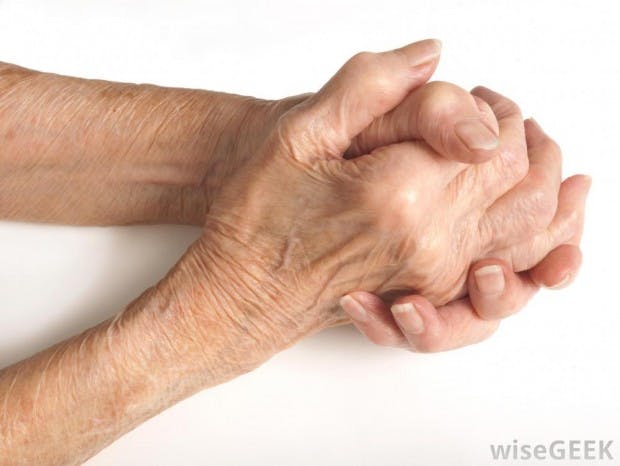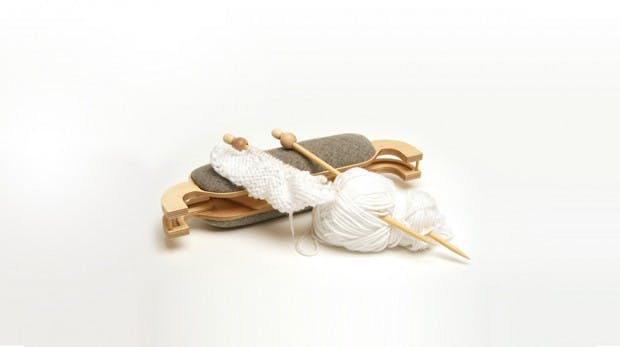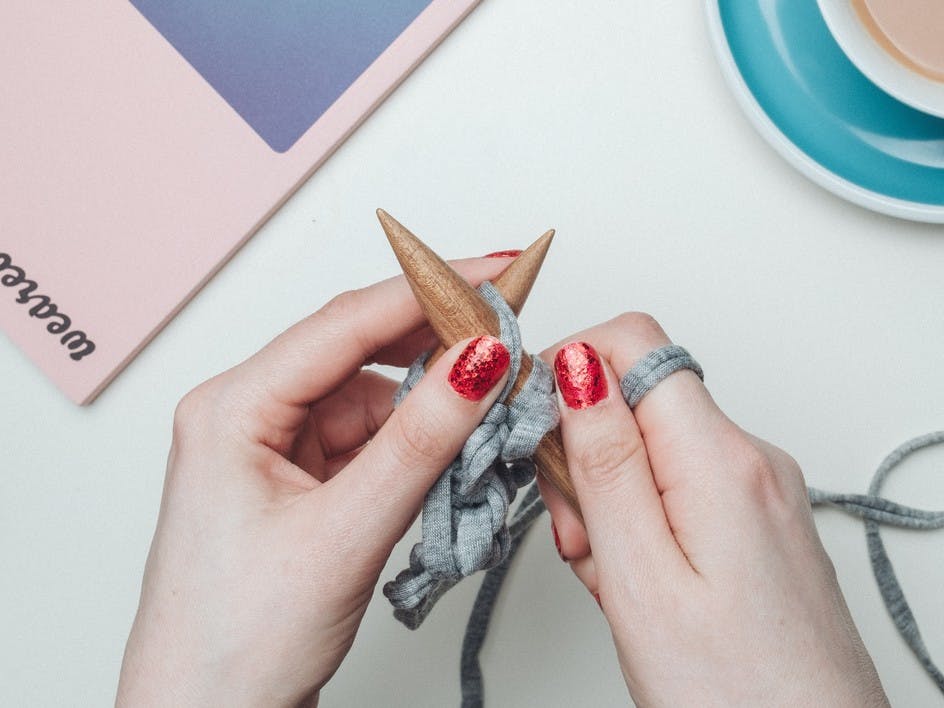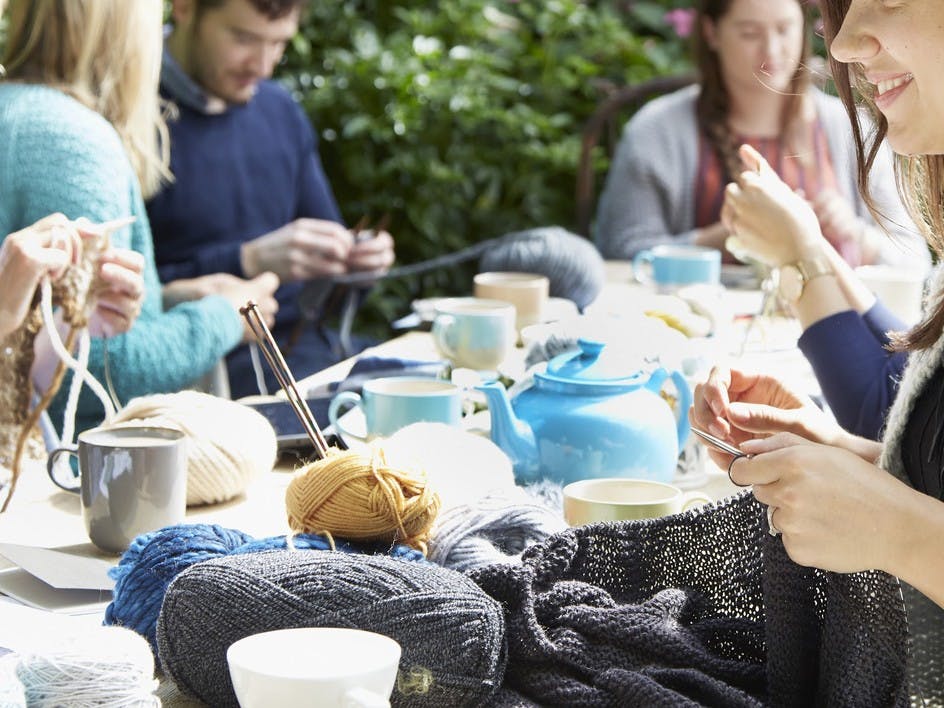Knitting and arthritis
Published on December 19, 2018 By Rosie 2 min readFor the majority of you reading this blog, knitting is a major passion. A way to unwind. Your daily pleasure, perhaps. For someone suffering with the pain and discomfort of arthritis, you’d think that knitting would be one of the least likely hobbies that they’d be able to continue with. However, these days there are many ways and reasons to help people with arthritis to carry on knitting, and comfortably. If you’re not so sure, don’t stop reading just yet.
How can I stretch my hands before knitting?
Here are a few stretches you can do to help prevent pain before, during, and after knitting:

Through studies carried out by Stitchlinks, their research shows that many consider knitting as a distraction, focus and alleviation from pain, low mood and stress. Knitting is seen as a simple yet effective form of meditation and stimulation, which anyone can dip in and out of and quickly see the results for themselves. This in turn motivates progress and empowers the knitter. Plus it distracts and relieves them from even more of their aches and pains. So here are a few tips to help make things a little easier.
- Hold your hands in warm water for a while before picking up the needles.
- Knitting in short bursts and not overdoing it, will build up your overall stamina.
- Some very gentle hand exercises may help alleviate some of the joint pain, if practiced frequently over time.
- Try using alternative needles to metal. Bamboo and birch would be much better as they are lighter and warmer to the touch.
- Stick to using wool and wool blends because they’re easier to manoeuvre due to their elasticated properties.
- Knit flat on a circular needle so that the weight of your knitting doesn’t put strain on your wrists.

For those looking for an implement to help, The Knitting Aid is a wooden, cushioned and specifically designed invention to relieve the discomfort and awkwardness from knitting. This product is also suitable for those who have sustained loss of movement in one arm. Keeping the supplied knitting needles in position when a break is needed, is just one of the perks. It’s also designed so that it can be flipped it over in order to start a new row, rather than change needles.
So if you or someone you know loves to knit but reluctantly feels like giving in to arthritis, then please don’t give up just yet. Give our ideas a whirl, but be good to yourself. We’d love to hear about your experiences, and what you think of the points we’ve raised.




